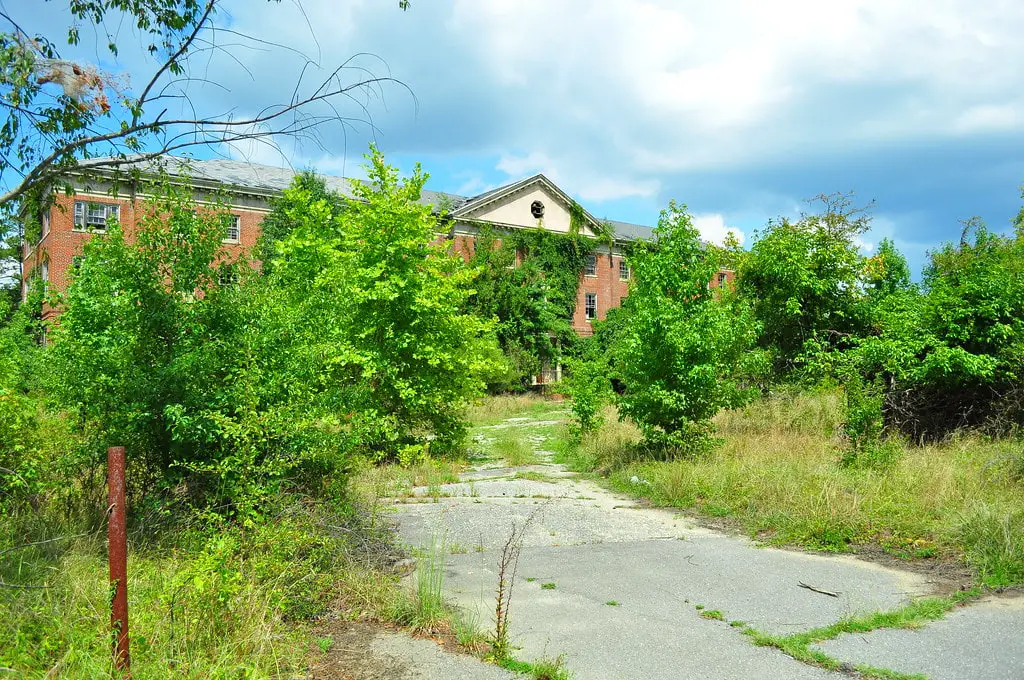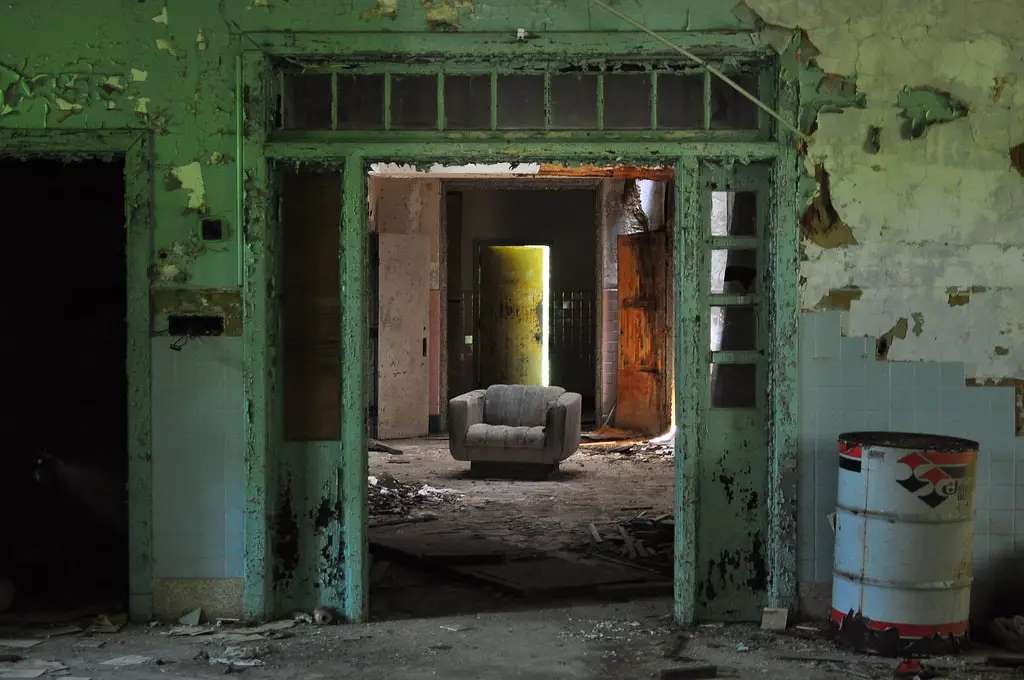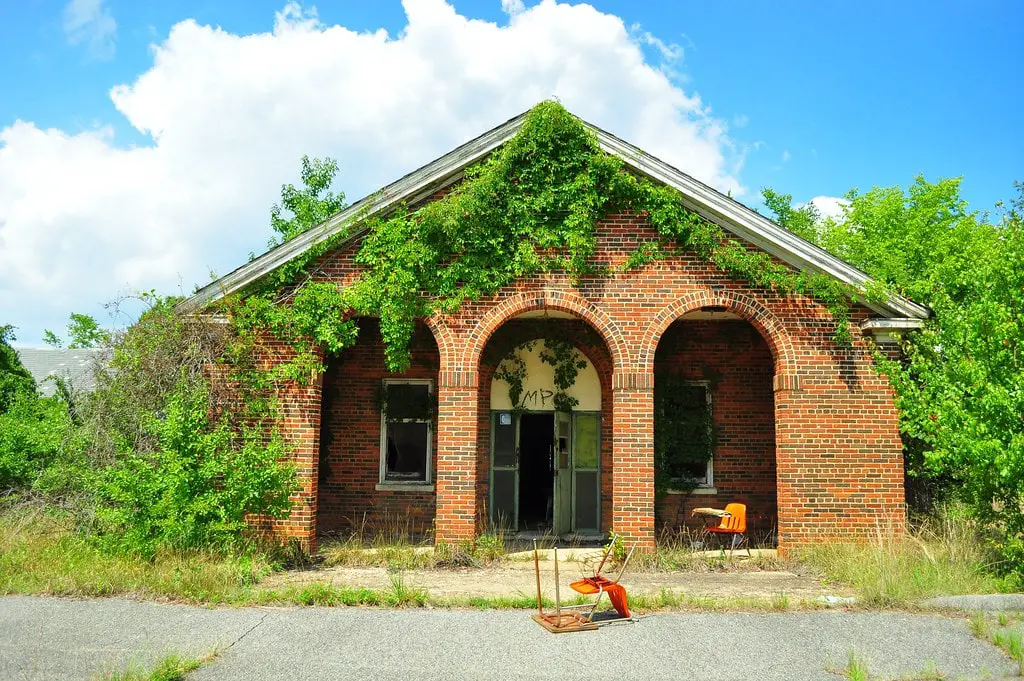A Promising Start
In 1925, Forest Haven Asylum opened its doors in Laurel, Maryland, with a mission to provide hope and care for children facing mental illnesses and disabilities.
At its inception, the institution was celebrated as a forward-thinking facility designed to offer a haven where children could receive the support and education they needed.
The opening of Forest Haven marked a significant step in the community's efforts to address mental health challenges, providing a dedicated space for those in need.
Forest Haven's establishment responded to the growing awareness of mental health issues in society. The founders envisioned a place where children could escape the stigma of their conditions and receive compassionate care.
The facility's design reflected the era's most advanced ideas in mental health treatment, emphasizing a nurturing environment over the more punitive approaches of the past.
This vision attracted families seeking better futures for their children, setting high expectations for the institution's impact.
A Modern Marvel
The asylum spanned an impressive 250 acres and featured over 30 buildings, each constructed to serve as a sanctuary for society's marginalized individuals.
These buildings were functional and designed to create a welcoming and therapeutic environment.
The grounds included lush gardens and recreational areas, aiming to provide a holistic approach to care that integrated nature and tranquility into daily life.
The institution prioritized life skills and community-building, fostering an atmosphere of empowerment and support.
Residents engaged in various activities designed to teach practical skills and promote self-sufficiency. The communal farm was a central feature, where residents participated in growing their own food and maintaining the grounds.
This hands-on approach to learning helped instill a sense of purpose and belonging, contributing to the overall well-being of the residents.
Evolution and Expansion
Over the years, Forest Haven evolved to meet the changing needs of its residents. Initially focused on children with mental illnesses and disabilities, the institution expanded its services to include individuals with conditions such as epilepsy.
This broadened scope reflected a commitment to providing comprehensive care for a wider range of neurological and developmental disorders. The expansion allowed the institution to support more families and address broader needs.
The 1970s marked a significant demographic shift for Forest Haven. The closure of a nearby orphanage, Junior Village, led to the relocation of at least 20 children to the asylum. This influx of new residents brought additional challenges and opportunities for the institution.
Forest Haven adapted by integrating these children into its programs and creating new initiatives to support their unique needs. This period of growth highlighted the institution's flexibility and dedication to serving the community.
Decline and Abuse
The once vibrant and hopeful Forest Haven began to show signs of decay in the 1960s.
Funding cuts coupled with an increasing population burdened the institution, marking the onset of a downward spiral.
The community spirit that had once permeated the institution began to fade, replaced by an atmosphere of neglect and apathy.
Dwindling resources and overcrowding led to a drastic shift in the quality of care. Initially, trained and qualified staff was replaced with less experienced employees.
As the team's frustration grew, it reflected in their interactions with the patients, many of whom faced physical, mental, and sexual abuse.
The institutional neglect took a fatal turn, leading to the deaths of numerous patients due to conditions like aspiration pneumonia, a reflection of medical incompetence.
The institution's response to these deaths was a grim testament to its decline.
The bodies were passed through the basement morgue and buried anonymously in an unmarked field nearby, their identities and stories lost to time.
Legal Action and Closure
The atrocities of Forest Haven did not go unnoticed. Appalled by the state of affairs, families of the victims filed lawsuits against the institution in 1976, an effort that the Department of Justice later joined.
The legal battle shed light on the horrors of the institution, leading to the relocation of many residents to group homes.
Despite these actions, Forest Haven continued to operate, its doors finally closing in 1991 by a federal judge's order.

Aftermath and Current Status
Today, Forest Haven stands as a haunting reminder of its grim past. Though abandoned, the buildings still bear the scars of time - the peeling paint, the rot, and the graffiti, each marking a chapter of the institution's history.
A single headstone stands in the burial field, a sad tribute to the hundreds of inmates laid to rest without ceremony.
Despite its dark history, Forest Haven continues to draw urban explorers intrigued by its notorious reputation.
Though off-limits and guarded by the police, the site whispers tales of its past to those who dare venture close.
Carelessly dug and left to the mercy of the elements, the shallow graves have begun to reveal their unfortunate occupants, and the erosion is unearthing the grim secrets buried within.

Forest Haven in Cultural Memory
Forest Haven's legacy is a poignant reminder of the dark side of institutional care. Once a symbol of progress and hope, it evolved into a site of neglect, abuse, and death.
Media portrayals, including the Abandoned America Podcast, have brought the haunting tale of Forest Haven to a broader audience, unearthing the darkest facets of institutional abuse and neglect.
The tale of Forest Haven is not just a story about an institution; it reflects society's attitude toward its most vulnerable members.
It serves as a stark reminder of the consequences of negligence, prompting introspection and demanding accountability.

Reflecting on the Past
With its mix of hope, decline, and ultimate horror, Forest Haven Asylum offers a unique perspective on the history of mental health care in America.
Its story underlines the importance of constant vigilance, compassion, and appropriate funding in treating mental health and disability.
While the buildings may crumble and the memories fade, the legacy of Forest Haven remains a haunting testament to a dark chapter in American history.
The story of Forest Haven in Laurel, Maryland, is a call to action, reminding us of the need to provide compassionate and competent care to society's most vulnerable.
